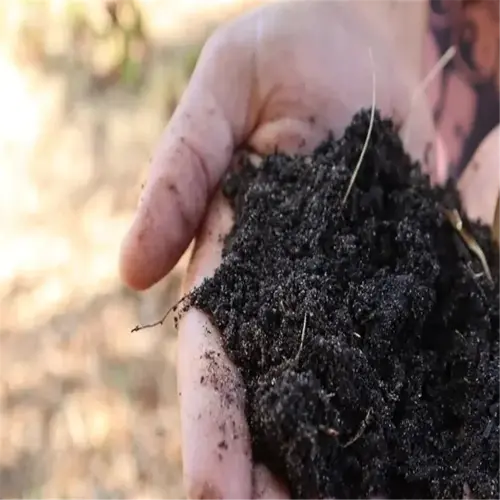What is the hummingbird mint plant?

Written by
Tina Carter
Reviewed by
Prof. Martin Thorne, Ph.D.A hummingbird mint plant (Agastache) has brightly colored tubular flowers that hummingbirds fight over for feeding. Its foliage has a pleasant minty aroma that deters deer, while its blooms attract bees. A client had a 10-foot row of 'Blue Boa' Agastache, and multiple visits from hummingbirds to his yard tripled within one summer.
Key Features
- Tubular blooms: 1-3 inch flowers in purple, orange, or pink
- Drought tolerance: Survives on 10 inches of annual rain
- Deer resistance: Aromatic leaves repel browsing
Growing Conditions
- Soil: Thrives in poor, rocky, or sandy soils (pH 6.0-7.5)
- Sun: Requires 6+ hours of direct sunlight daily
- Water: Established plants need monthly deep watering
Plant Agastache in rocky soil with full sun. Its long root system seeks moisture deep in the soil, and adaptability makes Agastache perfect for slopes or in rock gardens. The best examples of this plant I have witnessed were along neglected roadside patches, yet also a garden bed in the suburbs was designed and irrigated, without growing. It is a great plant for those who want to achieve a benign neglect look.
Match Agastache 'Raspberry Summer' with Salvias for a red-purple color scheme. Their staggered heights (Agastache is 3 feet tall, Salivas is 1.5 feet height) provide feeding zones at different heights above the water source and offer a layering effect to the garden. I had a client's combo garden of these plants that hosted hummingbirds from dawn till dusk every day of the season!
Don't remove the seed heads till late winter; their unique geometric shapes influence the overall interest of the garden, as well as provide shelter for beneficial insects. In the early spring, cut everything back to about six inches or four inches - before or just after new growth emerges - for anything that was cut back, to begin with the renewal process in spring. A Nebraska gardener reported overwintering twelve butterfly species in her Agastache patch, untrimmed.
Read the full article: Top Native Pollinator Plants for a Healthy Ecosystem

